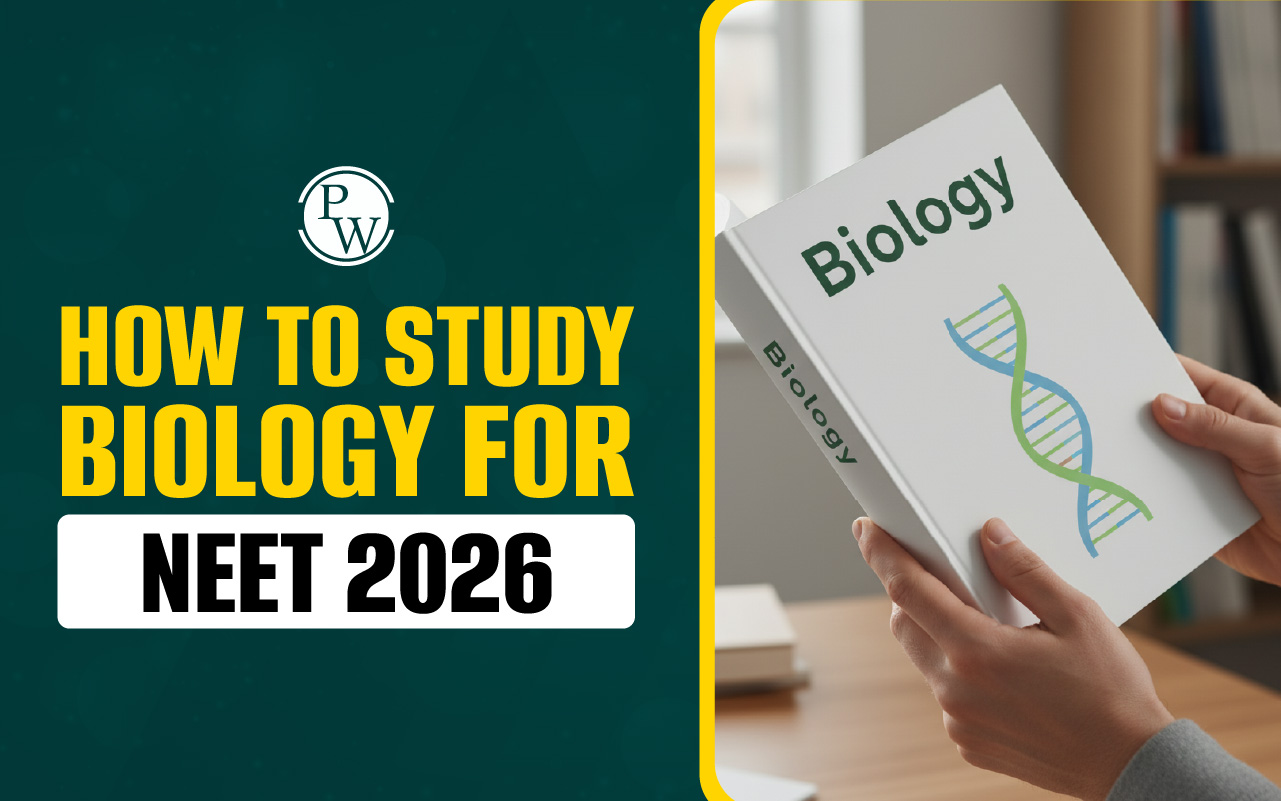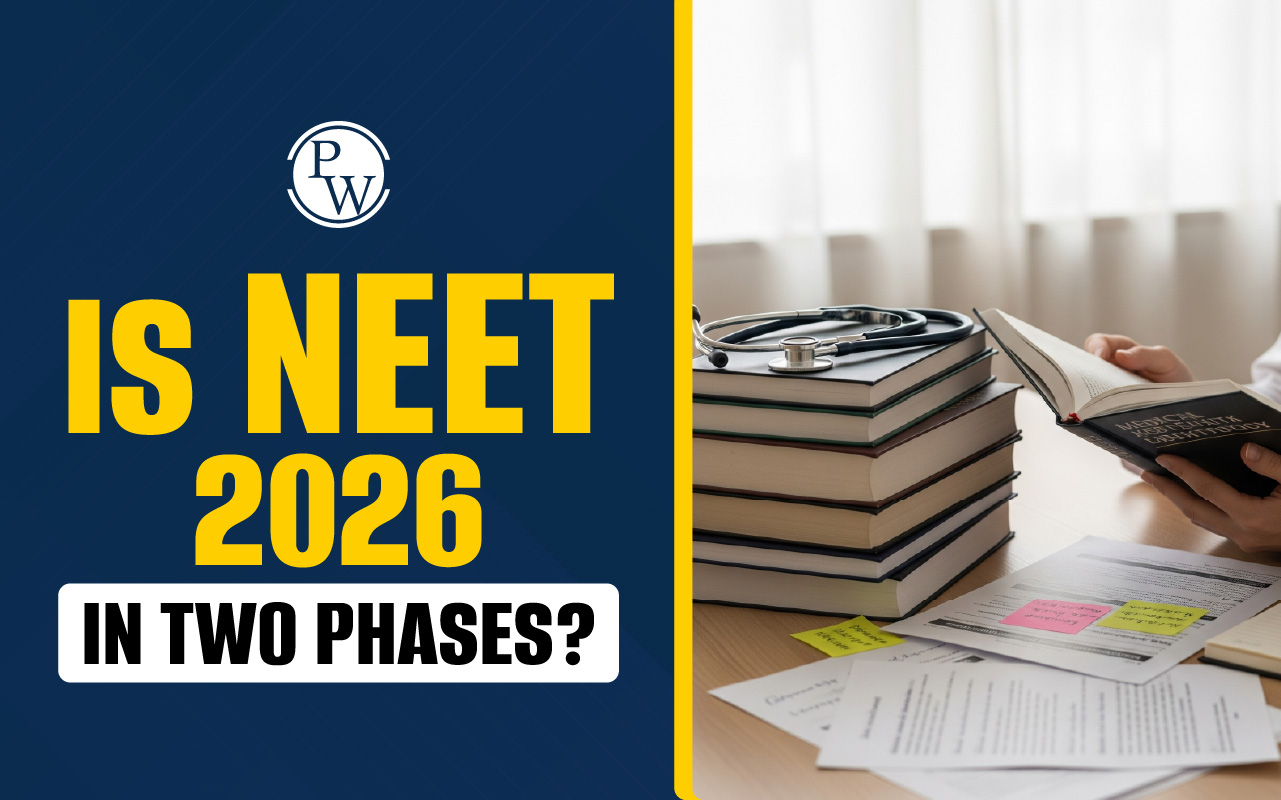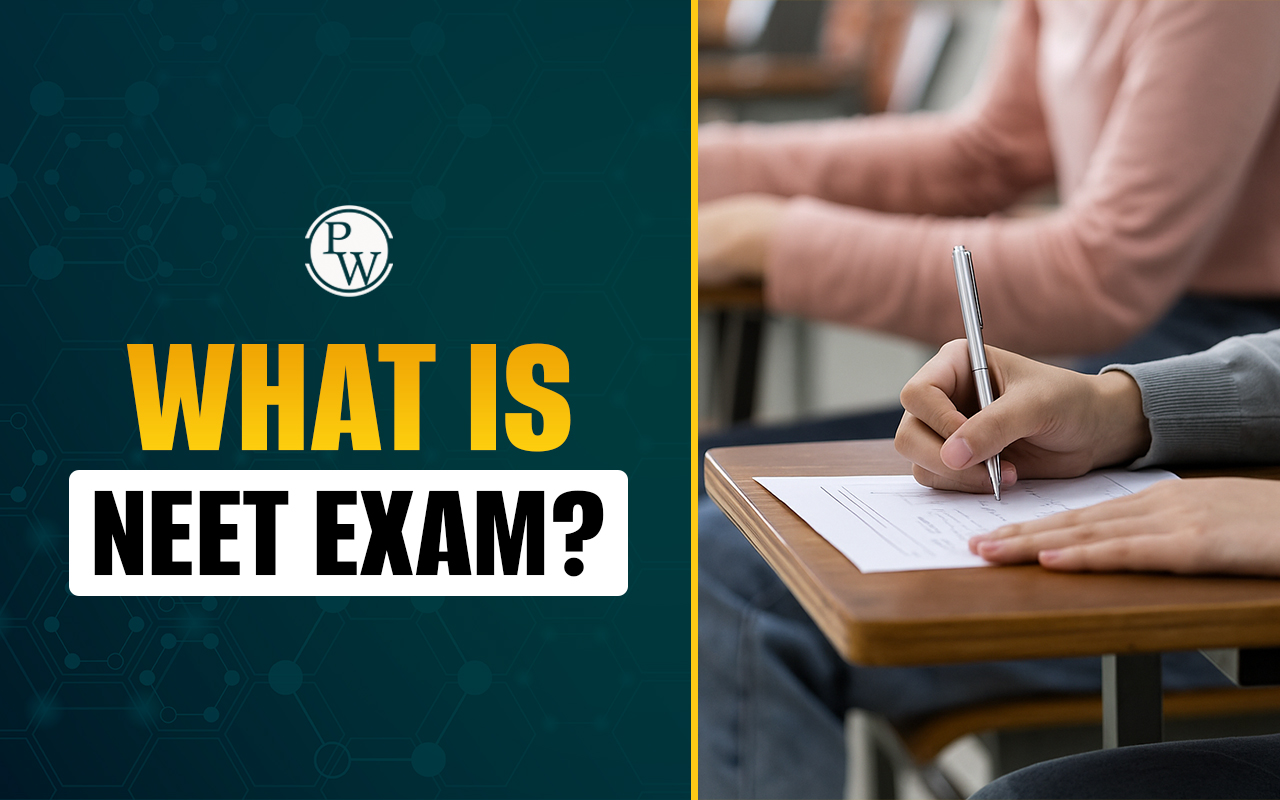
Difference Between Atom and Ion : Atoms are the base of everything around us. They have three parts, protons and neutrons in the middle (that's called the nucleus), and electrons spinning around the outside. Atoms can team up to form molecules.
In the NEET syllabus , which has recently been updated by NTA as per the latest requirements of medical exams, we learned that atoms can join in chemical reactions. It is interesting to know that the number of protons and electrons in an atom is always the same, making it balanced. The nucleus, with protons and neutrons, is like the atom's command center, and electrons are like followers of that command center revolving around it.Difference Between Atom and Ion Overview
Understanding the difference between atoms and ions is crucial in grasping the fundamentals of chemistry. Atoms, the fundamentals of matter, consist of protons, neutrons, and electrons. On the other hand, ions are charged particles formed by atoms gaining or losing electrons. This distinction is important for NEET aspirants as it lays the base for understanding chemical reactions and the behavior of substances in biological systems. The mastery of this topic will help in analyzing the molecular interactions, an essential skill for aspiring medical professionals preparing for the NEET examination.| Difference Between Atom and Ion | ||
|---|---|---|
| Parameter | Atom | Ion |
| Definition | The basic unit of an element; consists of a nucleus with protons and neutrons, and electrons in orbit around the nucleus | An atom or a group of atoms that has gained or lost electrons, resulting in a net electrical charge |
| Charge | Neutral (no overall charge) | Positively or negatively charged, depending on the number of electrons gained or lost |
| Formation | Naturally occurring; basic building blocks of matter | Formed through the gain or loss of electrons during chemical reactions |
| Number of Electrons | Equal to the number of protons, making it electrically neutral | Differs from the number of protons, resulting in a net charge |
| Representation | Represented by the atomic symbol (e.g., H for hydrogen) | Represented by the atomic symbol with a superscript indicating the charge (e.g., Na⁺ for sodium ion) |
| Examples | Hydrogen (H), Oxygen (O), Neon (Ne) | Sodium ion (Na⁺), Chloride ion (Cl⁻), Nitrate ion (NO₃⁻) |
| Role in Bonding | Atoms participate in chemical bonding to form molecules | Ions participate in ionic bonding, where they are attracted to oppositely charged ions to form ionic compounds |
| Nature | Can be a part of a molecule or exist independently | Often exists as part of a compound due to the electrostatic attraction with other ions |
Definition of Atom
An atom is the basic unit of matter, consisting of a nucleus composed of positively charged protons and neutral neutrons, surrounded by negatively charged electrons orbiting the nucleus. Atoms are the fundamental building blocks of elements, and they combine to form molecules.Examples:
- Hydrogen (H): Simplest atom with one proton and one electron.
- Oxygen (O): Eight protons, eight neutrons, and electrons.
Definition of ION
An ion is an atom or a group of atoms that has gained or lost electrons, resulting in a net electrical charge. If an atom gains electrons, it becomes a negatively charged ion (anion), and if it loses electrons, it becomes a positively charged ion (cation).Examples:
- Sodium Ion (Na⁺): Formed when a sodium atom loses one electron, resulting in a positively charged ion.
- Chloride Ion (Cl⁻): Formed when a chlorine atom gains one electron, resulting in a negatively charged ion.
 PW NEET online coaching offers an unparalleled learning experience for NEET aspirants. With expert faculty, comprehensive study materials, and interactive sessions, students gain a competitive edge in their medical entrance exam preparation. Join PW NEET Online Classes to unlock a path to success in one of the most challenging medical entrance exams.
PW NEET online coaching offers an unparalleled learning experience for NEET aspirants. With expert faculty, comprehensive study materials, and interactive sessions, students gain a competitive edge in their medical entrance exam preparation. Join PW NEET Online Classes to unlock a path to success in one of the most challenging medical entrance exams.
Difference Between Atom and Ion FAQs
What are the three differences between atom and ion?
Charge: Atoms are neutral, meaning they have an equal number of protons and electrons. In contrast, ions have a net electrical charge due to an unequal number of protons and electrons.
Formation: Atoms are the basic units of elements and are naturally occurring. Ions are formed through chemical processes where atoms gain or lose electrons.
Charge Representation: Atoms are represented without a charge symbol, while ions are represented with a superscript to indicate their charge, either positive (cation) or negative (anion).
Why is an atom called an ion?
An atom is called an ion when it gains or loses electrons, acquiring a net electrical charge. This transformation from a neutral atom to a charged ion occurs during chemical reactions, and the resulting ion reflects the atom's altered electron configuration.
What are the Differences between Ion and Element
An ion is a charged particle resulting from the gain or loss of electrons by an atom. In contrast, an element is a substance composed of only one type of atom, and it can exist as neutral atoms or ions depending on its electron configuration.
What is difference between atom and element?
An atom is the smallest unit of an element, consisting of a nucleus with protons and neutrons, and electrons orbiting the nucleus. An element, on the other hand, is a pure substance made up of only one type of atom. Elements are identified by their unique atomic number, which corresponds to the number of protons in their atoms.
Which Atom is an Ion?
Any atom can become an ion if it gains or loses electrons. For example, a sodium atom (Na) becomes a sodium ion (Na⁺) by losing one electron, while a chlorine atom (Cl) becomes a chloride ion (Cl⁻) by gaining one electron. The specific atom that becomes an ion depends on the chemical reaction and the electron exchange involved.
🔥 Trending Blogs
Talk to a counsellorHave doubts? Our support team will be happy to assist you!

Check out these Related Articles
Free Learning Resources
PW Books
Notes (Class 10-12)
PW Study Materials
Notes (Class 6-9)
Ncert Solutions
Govt Exams
Class 6th to 12th Online Courses
Govt Job Exams Courses
UPSC Coaching
Defence Exam Coaching
Gate Exam Coaching
Other Exams
Know about Physics Wallah
Physics Wallah is an Indian edtech platform that provides accessible & comprehensive learning experiences to students from Class 6th to postgraduate level. We also provide extensive NCERT solutions, sample paper, NEET, JEE Mains, BITSAT previous year papers & more such resources to students. Physics Wallah also caters to over 3.5 million registered students and over 78 lakh+ Youtube subscribers with 4.8 rating on its app.
We Stand Out because
We provide students with intensive courses with India’s qualified & experienced faculties & mentors. PW strives to make the learning experience comprehensive and accessible for students of all sections of society. We believe in empowering every single student who couldn't dream of a good career in engineering and medical field earlier.
Our Key Focus Areas
Physics Wallah's main focus is to make the learning experience as economical as possible for all students. With our affordable courses like Lakshya, Udaan and Arjuna and many others, we have been able to provide a platform for lakhs of aspirants. From providing Chemistry, Maths, Physics formula to giving e-books of eminent authors like RD Sharma, RS Aggarwal and Lakhmir Singh, PW focuses on every single student's need for preparation.
What Makes Us Different
Physics Wallah strives to develop a comprehensive pedagogical structure for students, where they get a state-of-the-art learning experience with study material and resources. Apart from catering students preparing for JEE Mains and NEET, PW also provides study material for each state board like Uttar Pradesh, Bihar, and others
Copyright © 2025 Physicswallah Limited All rights reserved.
Get App









